🚀 Start with Playgrounds for Swift
Step 1: Create a New Playground
Instruction: First, open the Swift Playgrounds application. From the top menu bar, click on "File" and then select "New Book" (or "New Playground") to create a new project. A new playground file, typically named "My Playground," will appear. Click on it to open and start coding.

Step 2: Write and Run Your Code
Instruction: Once your new playground is open, you can begin entering your Swift code in the main editor window. To see the output of your code, click the "Run My Code" button. The results will be displayed in the console or preview area.
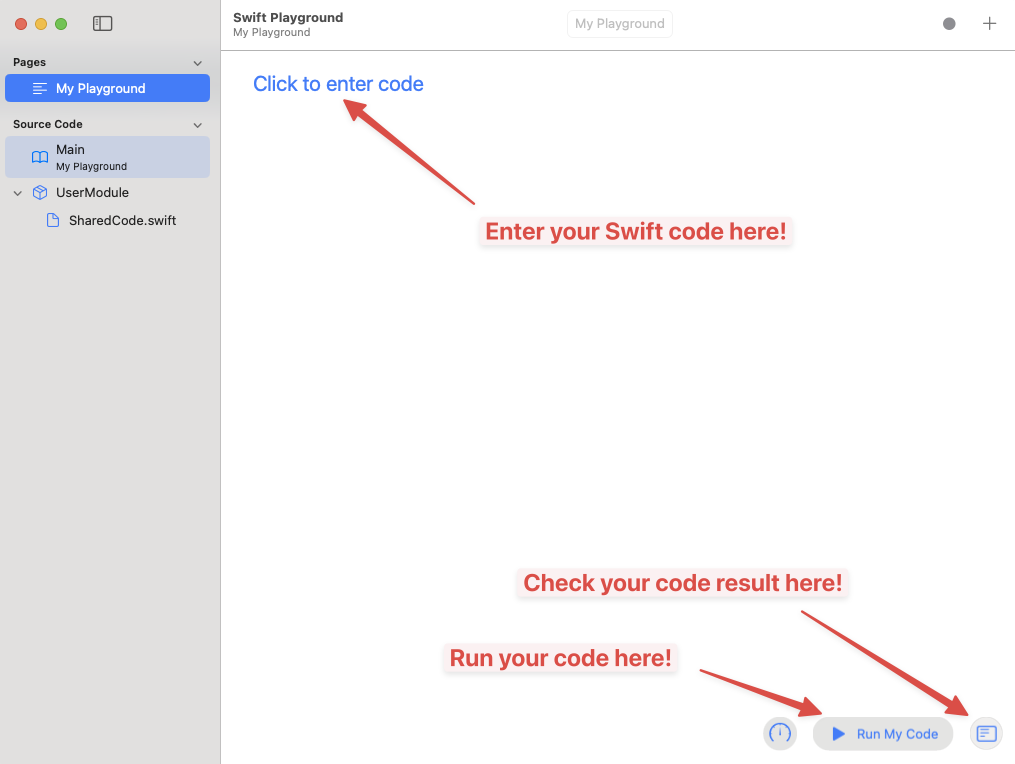
Step 3: Organize Your Work with Pages
Instruction: To keep your code organized, especially when working on different problems or sections, you can create new pages. Click the sidebar icon to view your pages. You can add a new page for each new question or part of your project. This allows you to manage your code in a structured way.
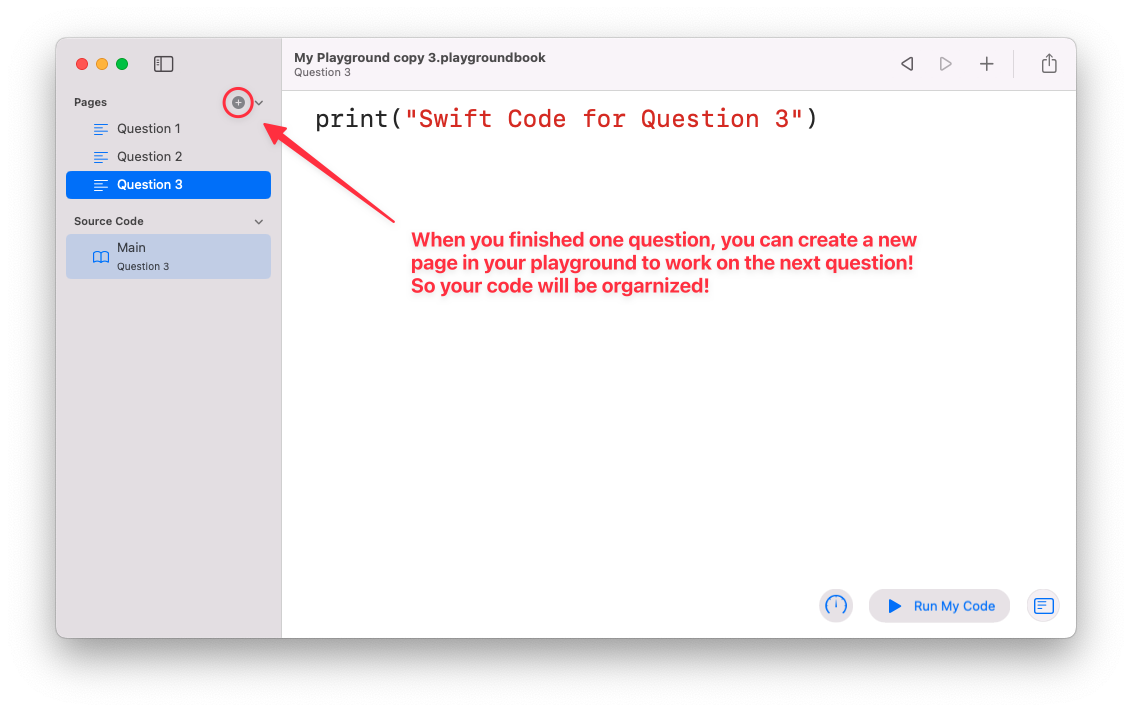
Step 4: Navigate Between Playgrounds
Instruction: If you need to go back to the main menu to see all of your Playground files, go to the "Window" tab in the top menu bar and select "My Playgrounds". This will take you back to the screen where all your saved playgrounds are listed.
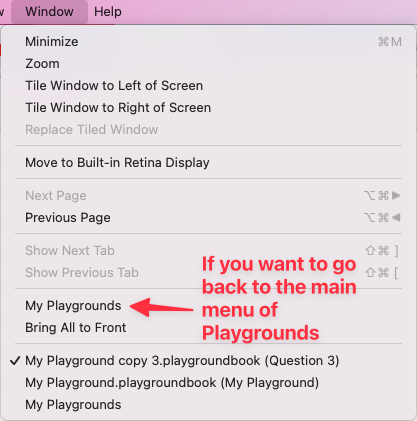
Step 5: Share Your Playground
Instruction: When you want to share your entire Swift Playground file, which includes all the pages and code you've created, navigate to the "My Playgrounds" main menu. Right-click (or control-click) on the playground file you wish to share, and from the context menu, select "Share". You can then choose your preferred method, such as AirDrop or Email.
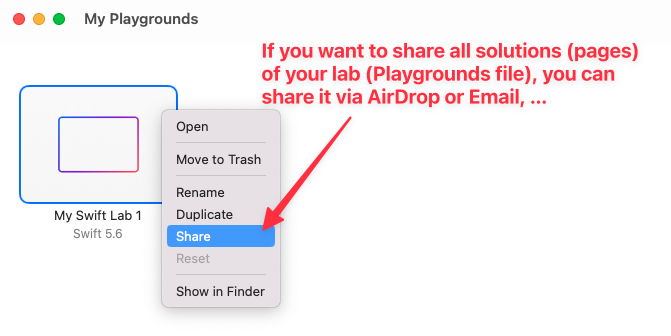
📝 Question 0. String Interpolation

Description
For this first question, you only need to learn how to combine strings together and prints it out to the screen:
let myName = "Jerry" // You can change it to your name
let myAnimals = "Koala 🐨, Snail 🐌, Penguin 🐧" // You can change it
let animalCount = 3 // You can change it
//Complete your code so it will print you love these number of animals by
//combining these constants into a string and display itSample Outputs (yours can be different):
Jerry loves all 3 of animals like Koala 🐨, Snail 🐌, Penguin 🐧Btw, to use emoji keyboard on MacOS: Press the Control + Command + Spacebar keys on your keyboard at the same time then you should see this emoji keyboard. Have fun!

🤔 Question 1. If Else conditionals
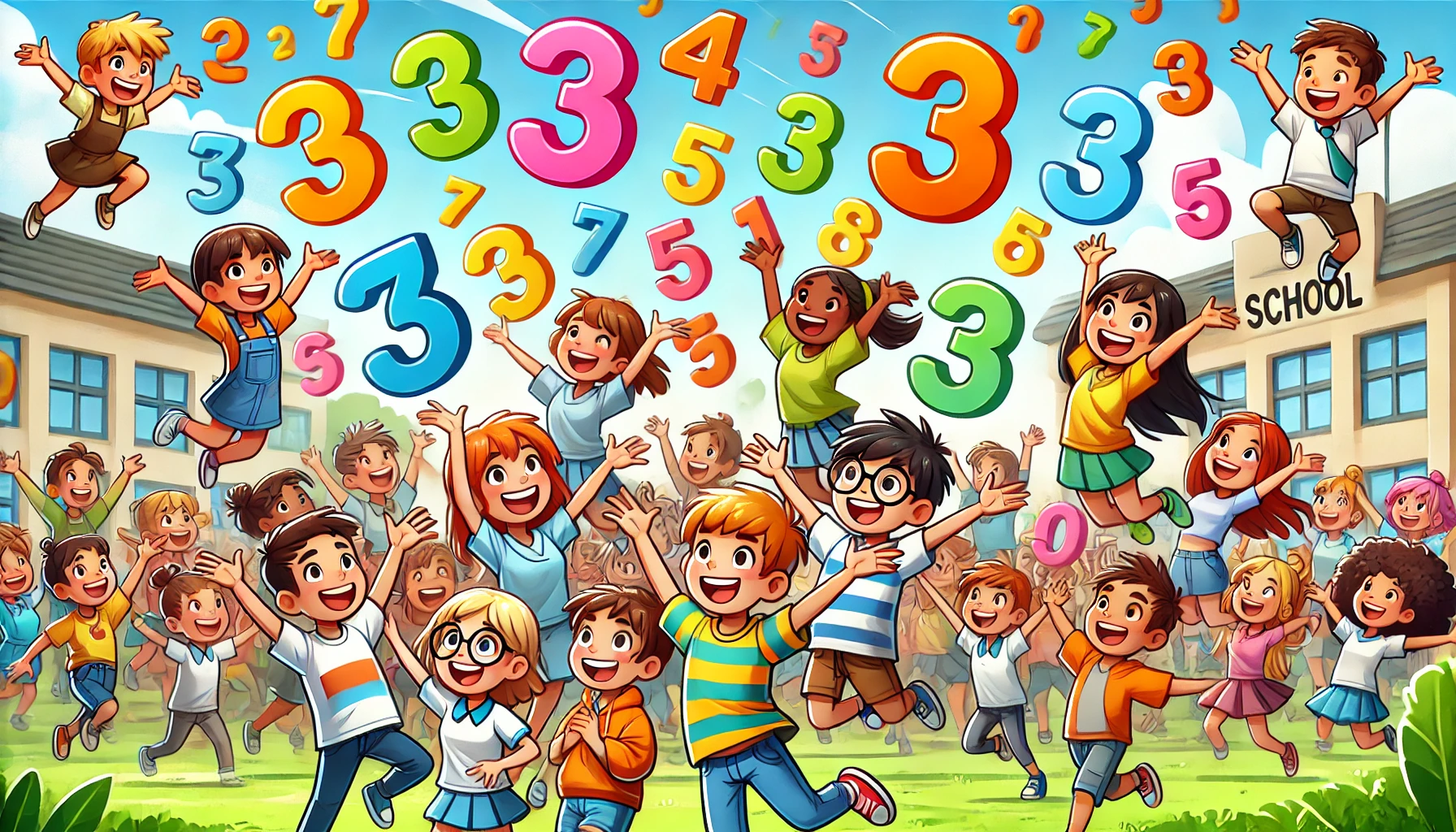
Description
Complete the function “checkDivisible” below to check if a given variable is a positive integer and checks to see if it can be divided by both 5 and 6 or simply one of them, neither, or both. When the user types a negative integer or 0, the code prints out “it is not a valid number".
let myNumber = 4
func checkDivisible(aNumber: Int) -> String{
// Please complete the function body
}
let result = checkDivisible(aNumber: myNumber)
print(result)Sample outputs (only 4 possible outcomes as following):
30 is divisible by both 5 and 6.
10 is divisible by 5 or 6, but not both.
4 is neither divisible.
-10 is not a valid number🔄 Question 2. Loop

Description
Given the array of numbers. Create another array called computedNumbers. computedNumbers should multiply each element in the numbers array by the next element. The last element should be multiplied by the first.
e.g. If numbers was equal to: [3, 1, 4, 2]
computedNumbers should equal [3 x 1, 1 x 4, 4 x 2, 2 x 3] which is: [3, 4, 8, 6]
Replace the comments with your code.
let numbers = [45, 73, 195, 53]
//Write your code here (you can do it with or without a function)
let computedNumbers = //Replace this comment with your code.
print(computedNumbers)🖼️ Question 3. Print & Loop
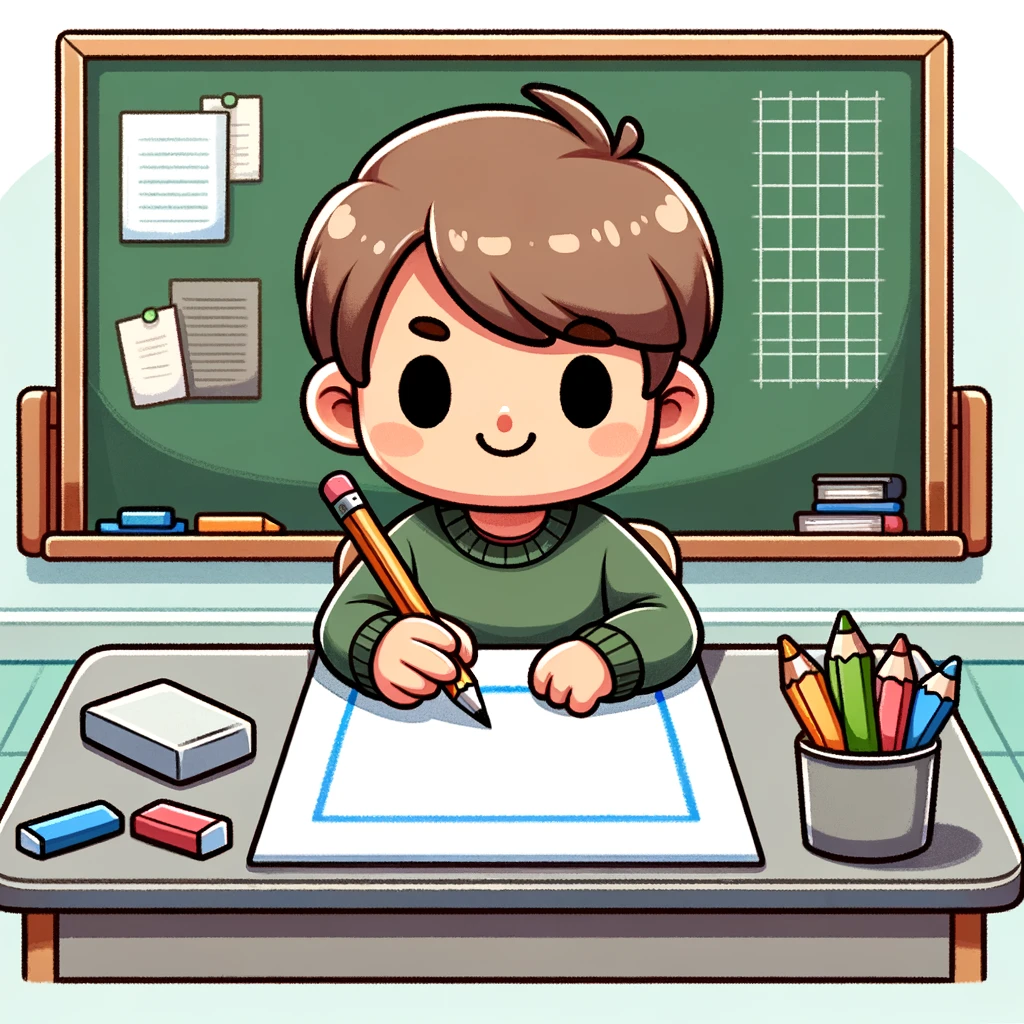
Description
Complete the function “drawRectangle” to print out a Rectangle which has a width and a height. A visualize method to display the rectangle using * symbol
let width = 8
let height = 3
print("Current width: \(width)");
print("Current height: \(height)");
func drawRectangle(givenWidth: Int, givenHeight: Int) {
// Complete the function body
}
drawRectangle(givenWidth: width, givenHeight: height)Sample Outputs
Current width: 8
Current height: 3
********
********
********
Current width: 2
Current height: 2
**
**
Current width: 1
Current height: 3
*
*
*🧮 Question 4. Function
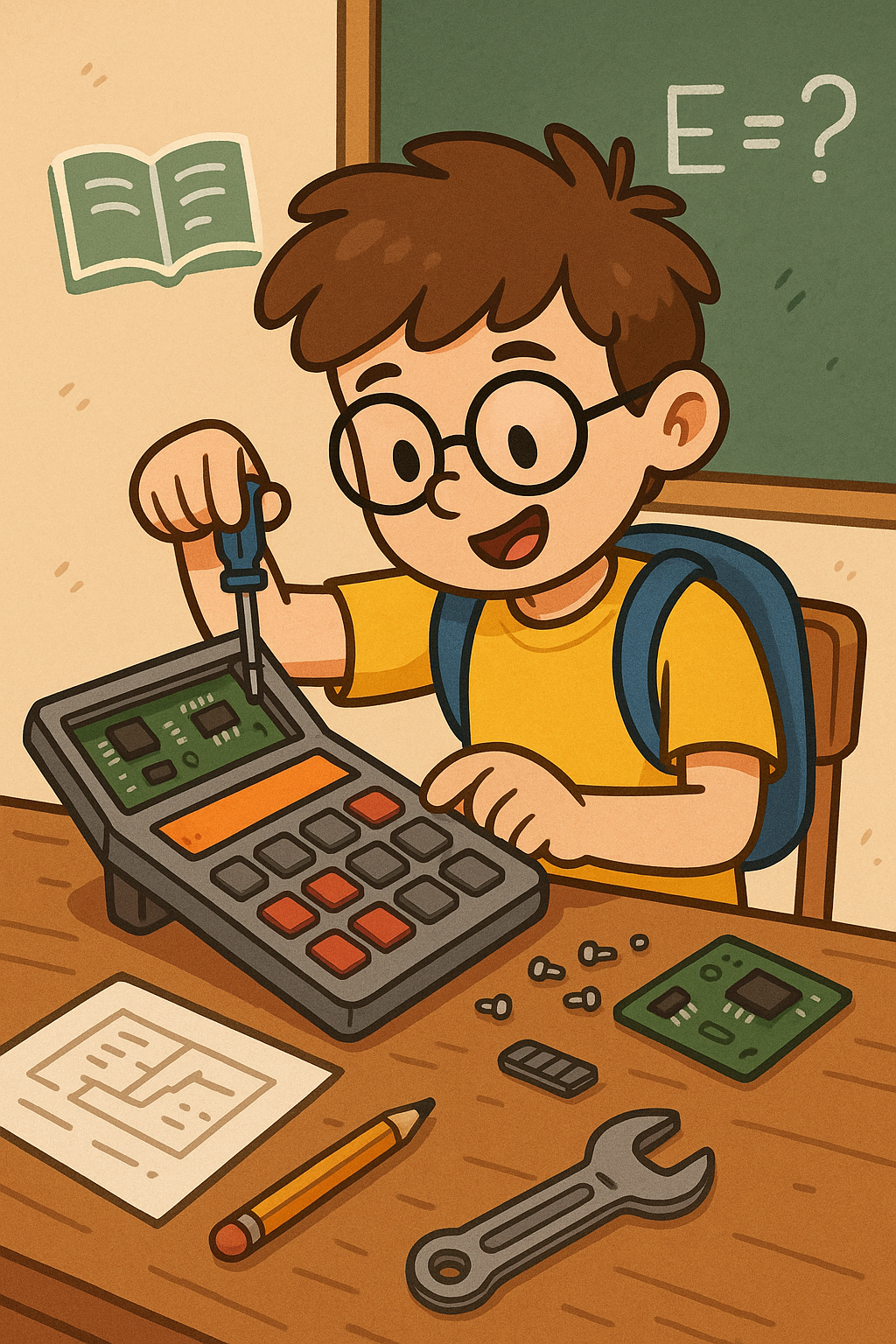
Description
You're going to make a simple calculator. You'll need to write 4 functions such that a and b are added, subtracted, multiplied, and divided by each other when the code is run. It will request certain input values from you. The values must be numbers, and they will be substituted as variables a and b in your code. Separate lines will be required for the numbers.
If a = 3 and b = 4, This is what you would expect to be printed from the calculator:
7
-1
12
0.75Because: 3 + 4 = 7, 3 - 4 = -1, 3 x 4 = 12, 3 ÷ 4 = 0.75
let a = 5.0
let b = 6.0
// Write your code here to define 4 functions as requested
//To make the function calls below work, please write 4 functions above
print(add(n1: a, n2: b))
print(subtract(n1: a, n2: b))
print(multiply(n1: a, n2: b))
print(divide(n1: a, n2: b))🔺 Question 5. Array
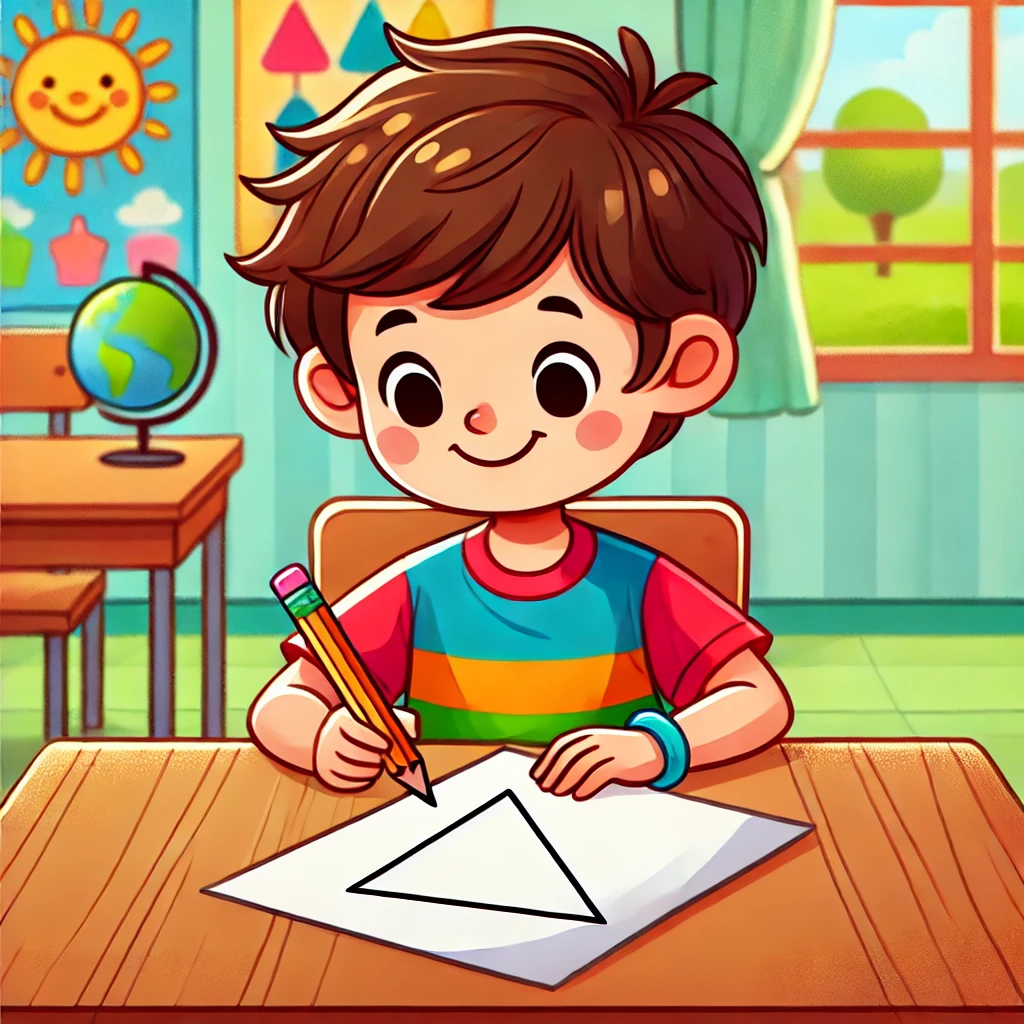
Description
Write your code to have 3 side lengths of a triangle in an array and print out the type of the triangle which has 4 possibilities: Not Triangle, Equilateral, Isosceles or Scalene. Hint:

- To check if lengths of three sides to make a triangle: WikiHow Link
- Equilateral Triangle: has three sides of the same length
- Isosceles Triangle: has two sides of equal length
- Scalene Triangle: has all its sides of different lengths.
let sizes = [3, 6, 100]
// Complete your code below (print out sizes and classify the triangle)Sample Outputs
The three sizes of the triangle are: 3, 6, 100
It is not a Triangle
The three sizes of the triangle are: 6, 6, 9
It is an Isosceles Triangle
The three sizes of the triangle are: 25, 25, 25
It is an Equilateral Triangle
The three sizes of the triangle are: 3, 4, 5
It is a Scalene Triangle🎲 Question 6. For big and small Dice Game (tai sai/dai siu/high low)

Description
During Tet holiday, big and small is a very popular dice game to play. It’s a game of pure chance that moves quickly. There’s no strategy or skill involved. Also, this kind of game is played all over the world. You will try to implement the simple version of the dai siu game.
A normal dice got 6 numbers from 1 to 6. So there are two parties: the house (nhà cái - Tom) and the player (you). At the beginning of any round, you will put what you want to bet. The house will roll 3 dice at the same time. The result will be hidden from you until you pick your choice. The player will pick either Big (Tài) or Small (Xỉu).
- Scenario 1: The sum of 3 dice being from 4 to 10: You will win the amount you have bet if you choose Small. Otherwise, you will lose, the house will take your bet.
- Scenario 2: The sum of 3 dice being from 11 to 17: You will win the amount you have bet if you choose Big. Otherwise, you will lose, the house will take your bet.
- Scenario 3: If all numbers of each dice are the same like (1, 1, 1) or (4, 4, 4) then you will lose regardless of what you pick, Big or Small.
Two parties can start with any money (usually you have much less). The player can keep playing until either the house or the player runs out of money. Please try your luck to win all the money for the house.

Sample Outputs (yours can be different):
The house has $1000
The player has $100
Try your luck to win all money of the house!
Round 1:
How much do you want to bet?
40
You have bet $40!
Do you want to bet big or small?(big/small)
big
The dices are: 5 4 3
The sum of 3 dices is 12!
You Won $40!
The house has $960
The player has $140
Do you still want to continue to play?(true/false)
true
Round 2:
How much do you want to bet?
200
You bet more than what in your wallet! Try again!
How much do you want to bet?
120
You have bet $120!
Do you want to bet big or small?(big/small)
small
The dices are: 5 3 6
The sum of 3 dices is 14!
You Lost $120!
The house has $1080
The player has $20
Do you still want to continue to play?(true/false)
true
Round 3:
How much do you want to bet?
20
You have bet $20!
Do you want to bet big or small?(big/small)
big
The dices are: 6 1 5
The sum of 3 dices is 12!
You Won $20!
The house has $1060
The player has $40
Do you still want to continue to play?(true/false)
true
Round 4:
How much do you want to bet?
40
You have bet $40!
Do you want to bet big or small?(big/small)
small
The dices are: 2 4 1
The sum of 3 dices is 7!
You Won $40!
The house has $1020
The player has $80
Do you still want to continue to play?(true/false)
true
Round 5:
How much do you want to bet?
80
You have bet $80!
Do you want to bet big or small?(big/small)
big
The dices are: 1 5 2
The sum of 3 dices is 8!
You Lost $80!
The house has $1100
The player has $0
You are out of money! Bye!Hints:
For this question, you need to use Xcode instead of Swift Playgrounds to read input from users so you must open Xcode to do this question.
Steps to Start a New Swift Project in Xcode (Click Me to Expand)
Step 1: Create a New Project
Open Xcode. When the "Welcome to Xcode" window appears, click on "Create a new Xcode project".

Step 2: Choose a Template
In the template selection window, first select the "macOS" tab. Then, choose the "Command Line Tool" template from the available options and click "Next".

Step 3: Configure Project Options
On the next screen, fill in your project details. Enter a "Product Name" (for example, TaiXiu) and provide an "Organization Identifier" if needed. Make sure the "Language" is set to "Swift", then click "Next".
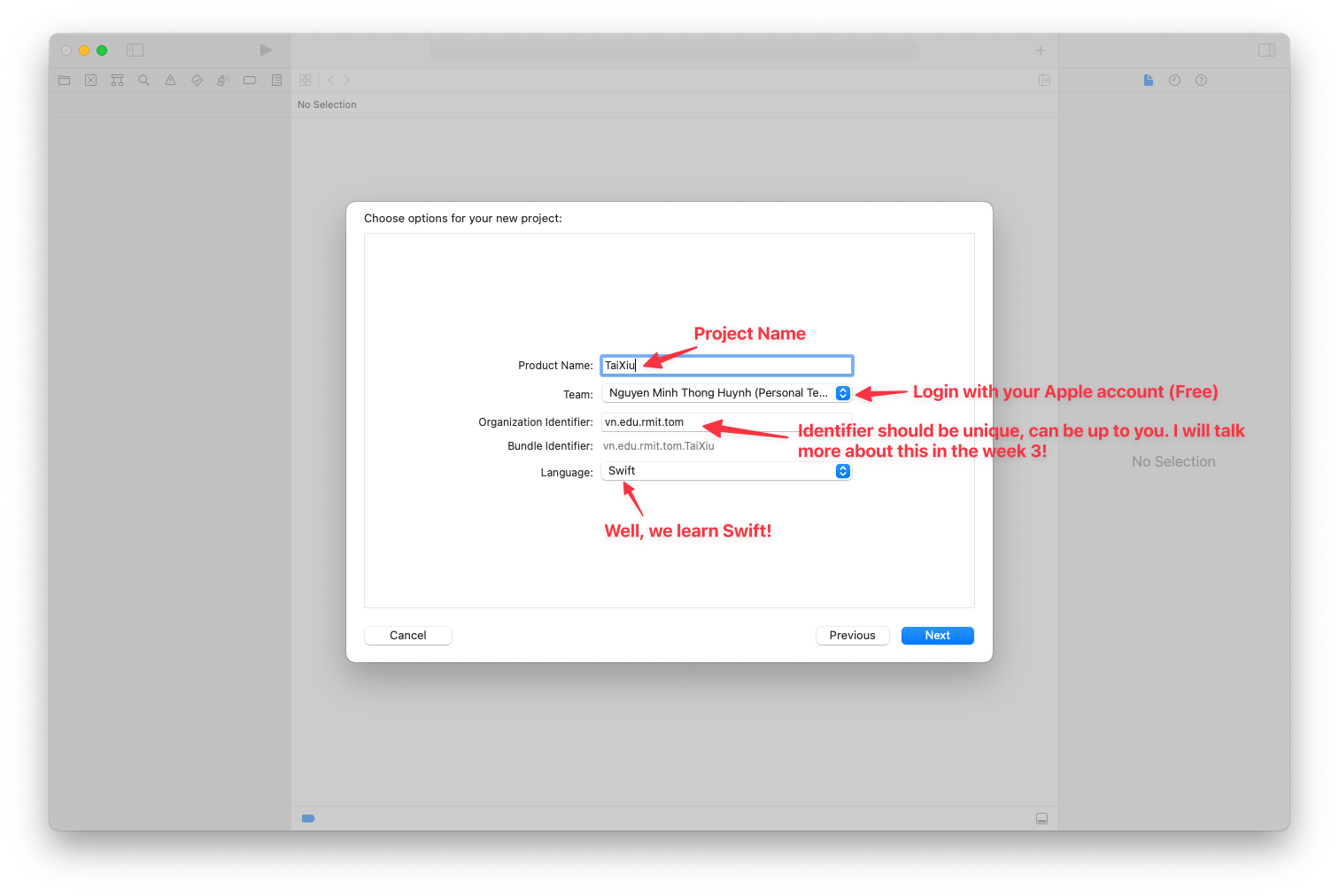
Step 4: Save the Project
Choose a location to save your new project, such as the "Developer" folder. Make sure to untick the checkbox labeled "Create Git repository on my Mac", and then click the "Create" button.
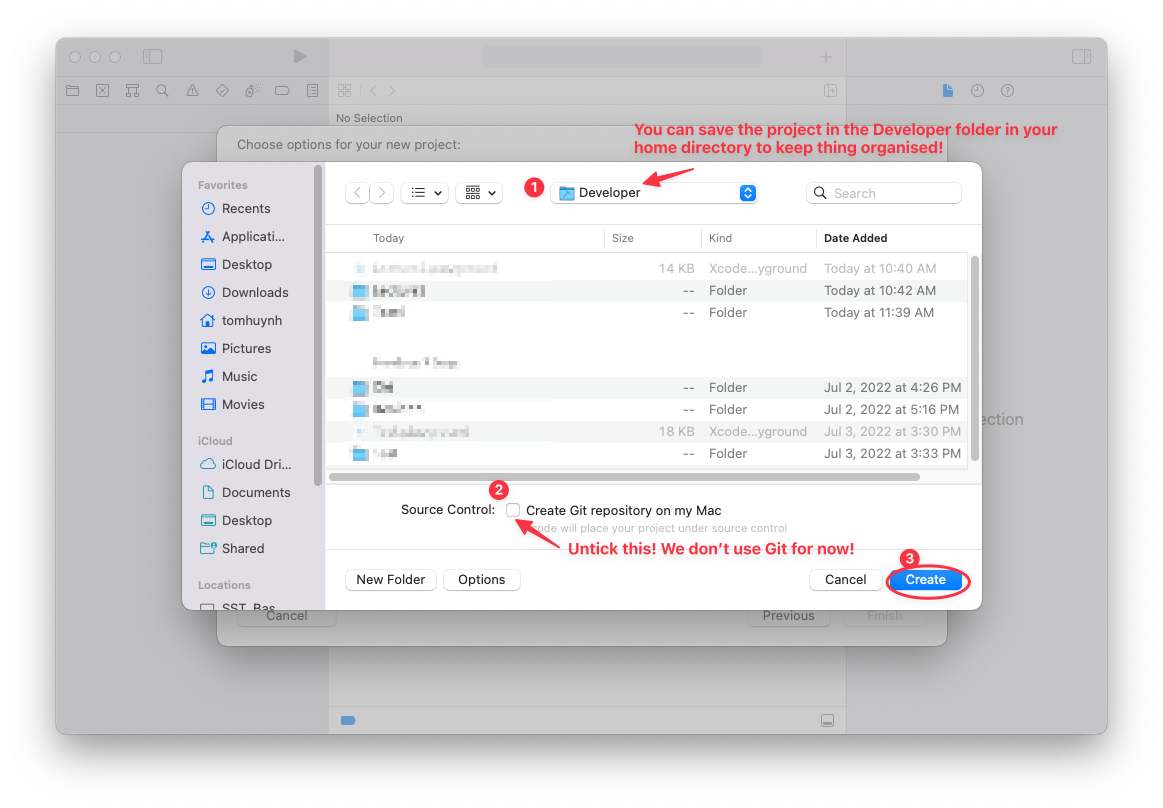
Step 5: Write and Run Your Code
In the left-hand navigation pane, select the main Swift file, usually named main.swift. Enter your Swift code in the central editor pane. To run your code, click the "Run" button (the play icon) located at the top of the window. You’ll see the output in the console area at the bottom of the Xcode interface.
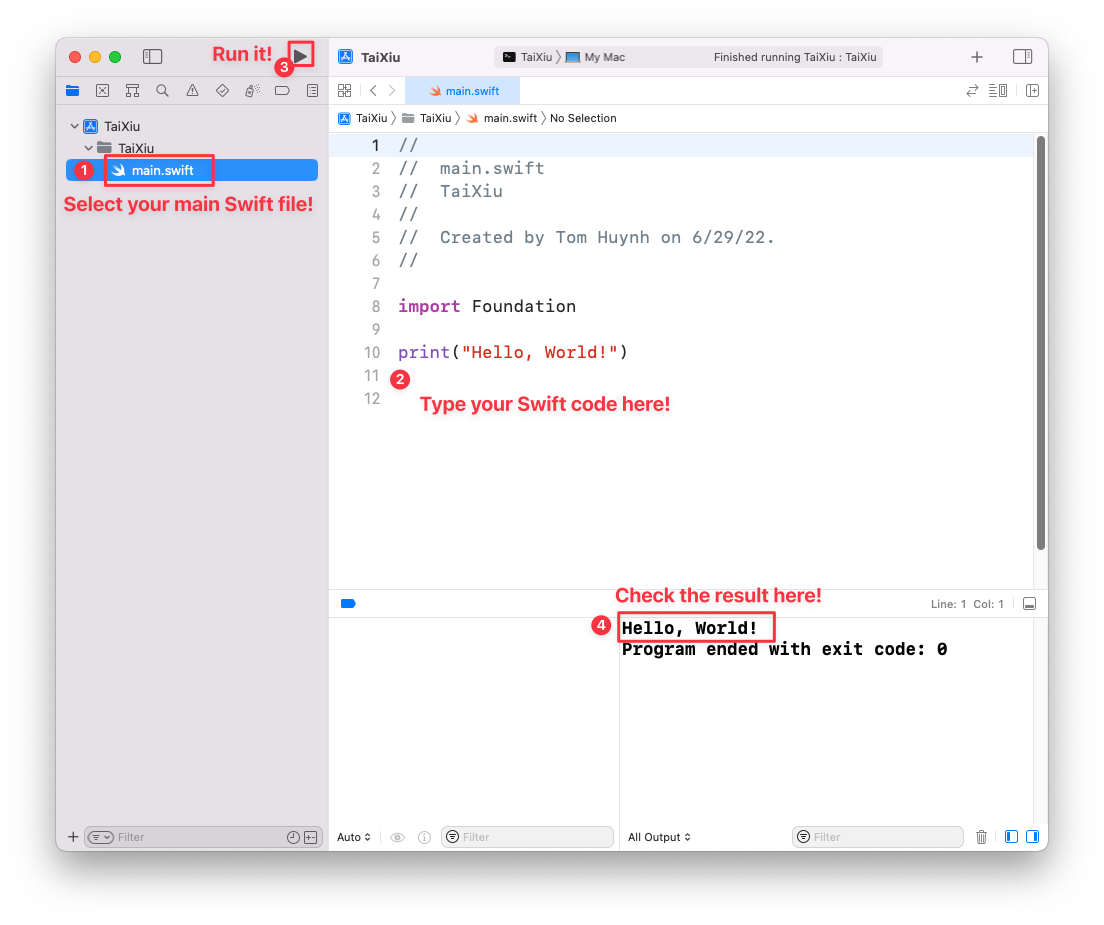
Generate a random number (we will talk more about this in the next lecture): https://developer.apple.com/documentation/swift/int/random(in:)-9mjpw
Read an input from a user via keyboard (we will talk more about this in the next lecture): https://www.journaldev.com/19612/swift-readline-swift-print
Also, you need to figure out how to parse multiple numbers from a input string, like “1 23 45" to be [1, 23, 45]: https://stackoverflow.com/questions/42451363/swift-3-split-string-into-array-of-int
🐇 Question 7. Rabbit Family

Description
A pair of rabbits (one male and one female) do not give birth until they are 2 months old. After 2 months old, each pair of rabbits gives birth to a pair of baby rabbits (including a male rabbit and a female rabbit) every month. How many pairs of rabbits are there after n months, and in the first month there is a pair of newborn rabbits?

In the above figure, we assume:
- A pair of brown rabbits is a pair of rabbits with an age of 1 month. (not ready to give birth)
- The highlighted rabbit pair (red and blue) is a fertile pair (ready to give birth).
Looking at the figure above we see:
- 1st and 2nd month: Only 1 pair of rabbits.
- The 3rd month: this pair of rabbits will give birth to a pair of baby rabbits, so this month there will be 2 pairs of rabbits.
- The 4th month: only the first pair of rabbits gave birth, so at this point there are 3 pairs of rabbits.
- 5th month: there are two pairs of rabbits (the first pair and the rabbits are born in the third month) give birth together, so this month there are 2 + 3 = 5 pairs of rabbits.
- 6th month: there are three pairs of rabbits (2 pairs of rabbits first and a pair of rabbits born in the fourth month)
- Both gave birth at this time, so here there are 3 + 5 = 8 pairs of rabbits.
Input
A positive integer n.
Output
Number of pairs of rabbits at month n
Example:
numberOfRabbit(6)The output will be “The total number of pairs of rabbits at the month 6 is 8.”
Fun fact about Australia 🇦🇺
This question is inspired by the real "rabbit disaster" in Australia, which caused the largest biological invasion in history. In 1859, Thomas Austin brought 24 wild rabbits to his estate in Victoria, Australia from the UK. However, rabbits are highly efficient breeders, with a single female capable of producing dozens of children in a year. By the 1920s, there were more than 10,000,000,000 (10 billion) rabbits across Australia in all states. That is how fast a rabbit can give birth! With this large number of rabbits, they cause significant damage to crops, pastures, and natural ecosystems in Australia.

